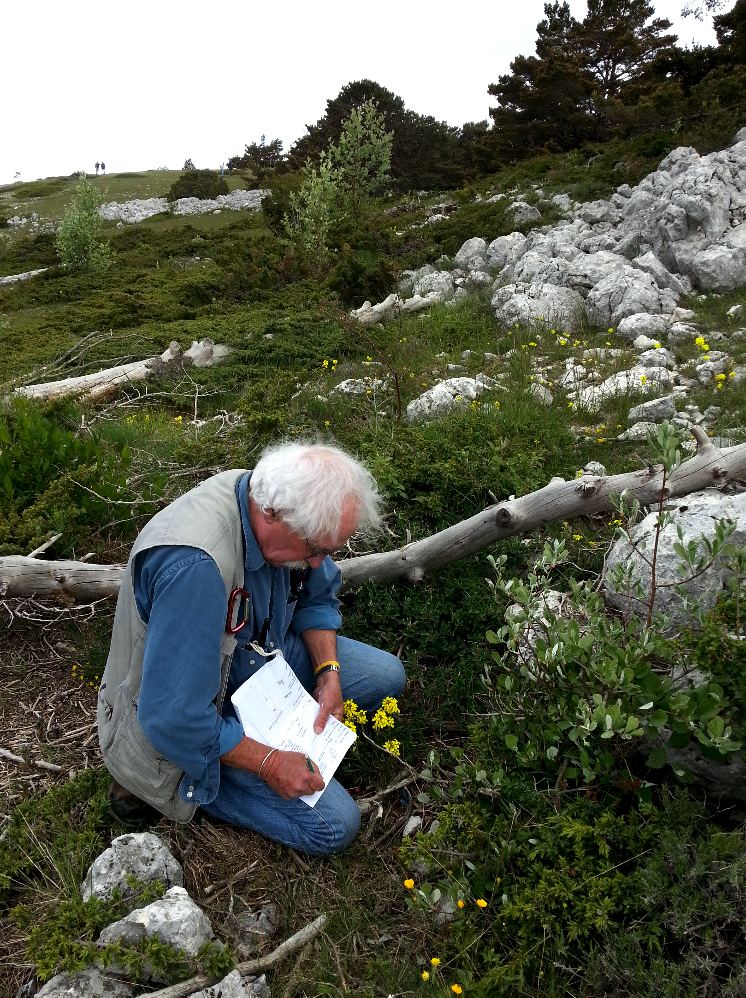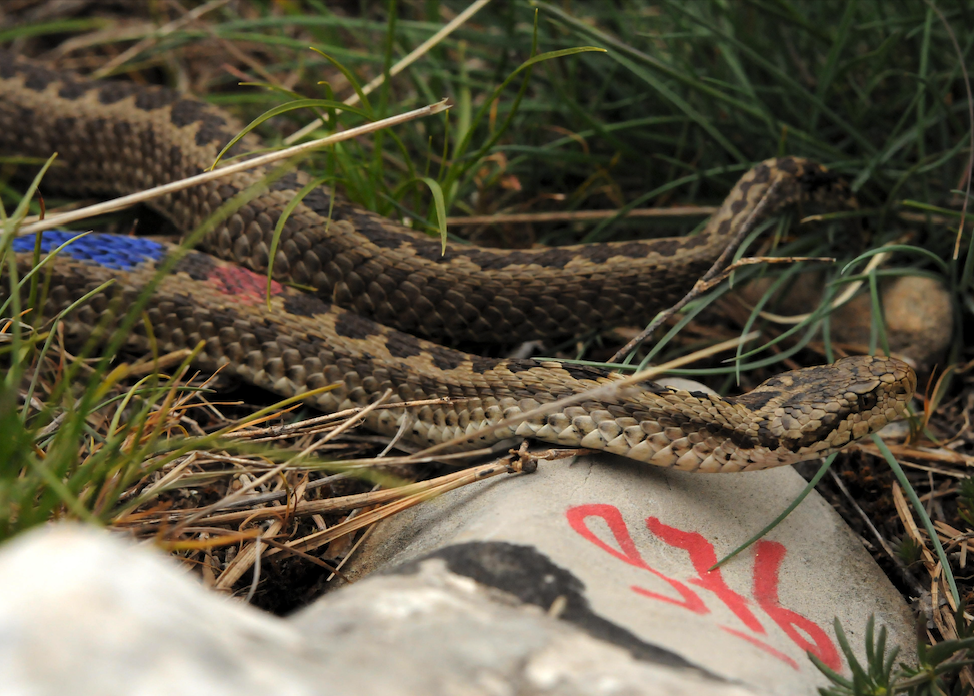Key-words : ageing, life history trade-off, pace and shape, phenotypic plasticity, reproductive effort, survival.
While it has long been known that species have contrasted life expectancy (pace of mortality) and generation time (pace of reproduction), recent studies have also uncovered that the shape of adult age-trajectories of mortality and reproduction can vary remarkably among species along a continuum of senescence ranging from strong deterioration (senescence), insignificant deterioration (negligible senescence) to improvement with advancing age (negative senescence).
As for many long-lived ectotherms with asymptotic growth and increasing reproductive output with age, snakes are good candidates for negligible senescence to occur. Yet, intraspecific variation in the pace and shape of actuarial and reproductive senescence across wild populations of these species remains to be explored.
Here, we used 37 years of mark-recapture data in two nearby habitats inside a meadow viper Vipera ursinii population to quantify life expectancies, generation times and the shape of actuarial and reproductive senescence.
Female vipers maintained stable reproductive performances at old ages, even when accounting for the predicted increase of fertility with body size, providing evidence for negligible reproductive senescence in both habitats.
Males had a higher adult mortality and a shorter life expectancy on average than females and actuarial senescence shifted from negligible senescence in the optimal habitat to strong senescence in the sub-optimal habitat.
Overall, these results demonstrate that micro-geographic environmental variation can generate qualitative shifts in actuarial senescence patterns. This highlights that taking into account the within-species plasticity of age-dependent trajectories could prove useful in better understanding what determines the evolution of life history age-trajectories.
? Site de la faculté des sciences de Sorbonne Université
? Passage dans l’émission “Camille passe au vert” de France Inter
Publication
Tully, T., Le Galliard, J.-F., & Baron, J.-P. (2020). Micro-geographic shift between negligible and actuarial senescence in a wild snake. Journal of Animal ecology, xx, xx. 10.1111/1365-2656.13317
Contact
TULLY Thomas, maître de conférences, Sorbonne Université, iEES Paris UMR 7618









